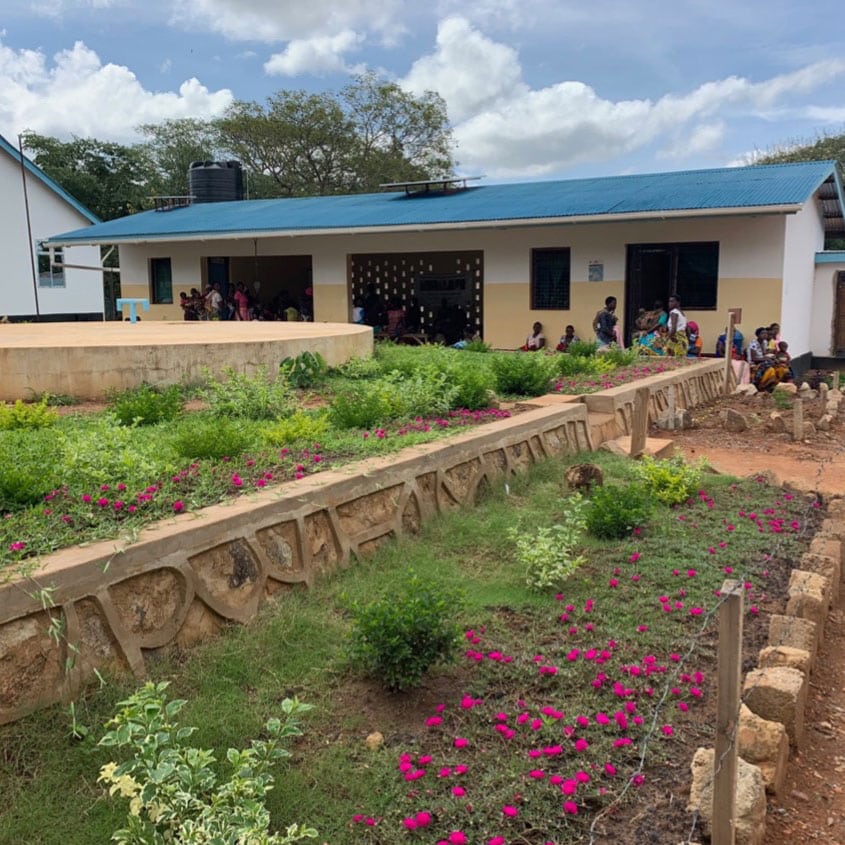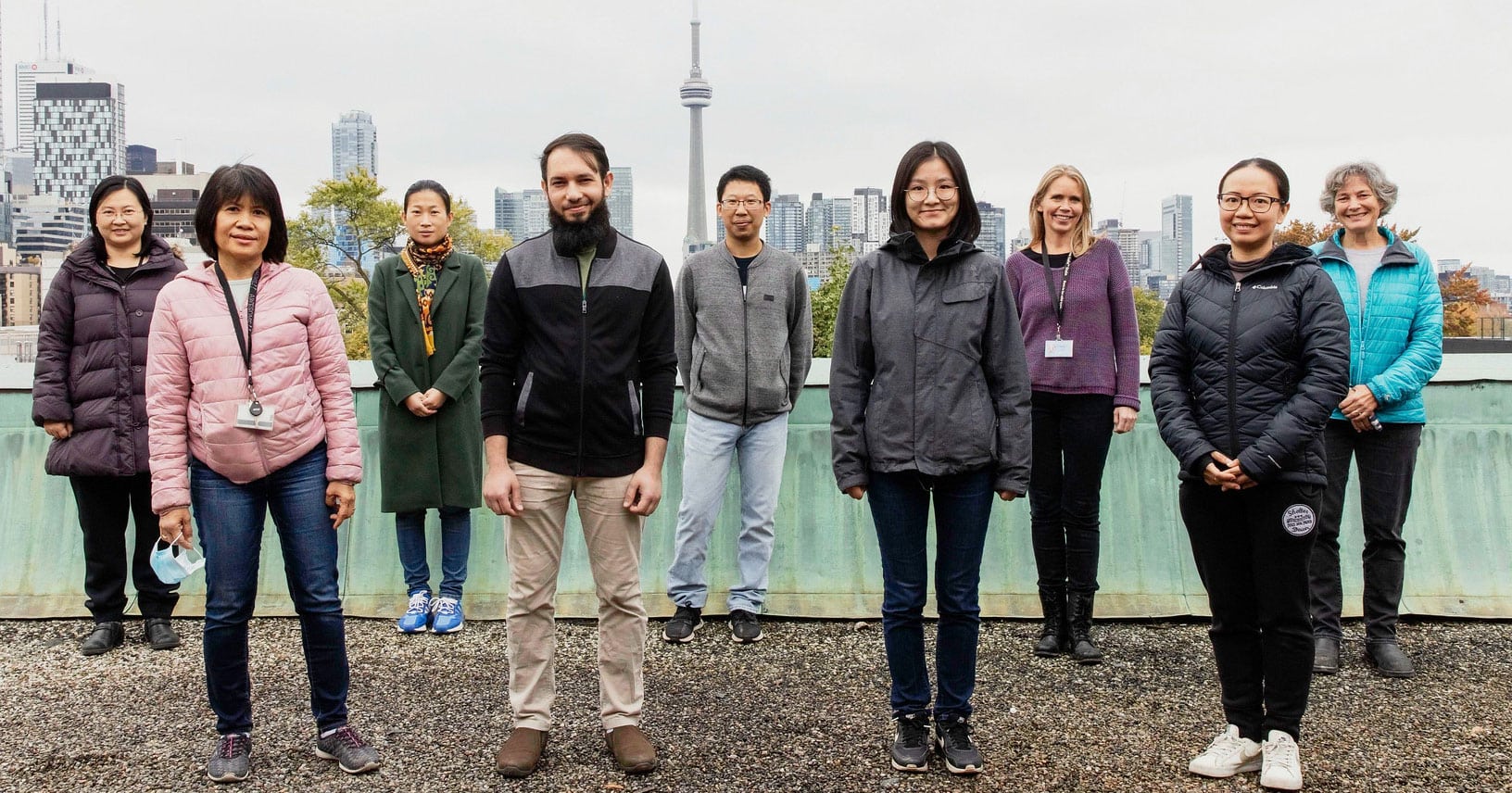How water innovation research at U of T Engineering is improving health

Water innovation research at U of T’s Faculty of Applied Science & Engineering benefits from a generous gift from alumnus Henry Wu (BASc 1975, MASc 1979). His 2015 donation for the Dr. Woo Hon Fai Innovation Floor in the Myhal Centre for Engineering Innovation and Entrepreneurship made a state-of-the-art home for the University of Toronto’s Institute for Water Innovation.
“I care about water sustainability,” explained Wu at the time. “I have visited the remote mountainous regions in China to help them out, and I have experienced first-hand how difficult it is for them to access water. U of T is doing a great thing, and I’m happy to support water innovation research.”
For World Water Day, we celebrate two innovative projects by U of T engineers. Both leverage the power of science to improve health outcomes—in two very different ways.
Solar-powered UV water treatment could improve health outcomes in rural Tanzania
U of T Engineering PhD candidate Karlye Wong (MASc 2016) is working with the Geita and Nyanghwale District Councils in northern Tanzania to develop an affordable, low-maintenance, off-grid solution for delivering clean drinking water — one that could significantly improve local health outcomes.


